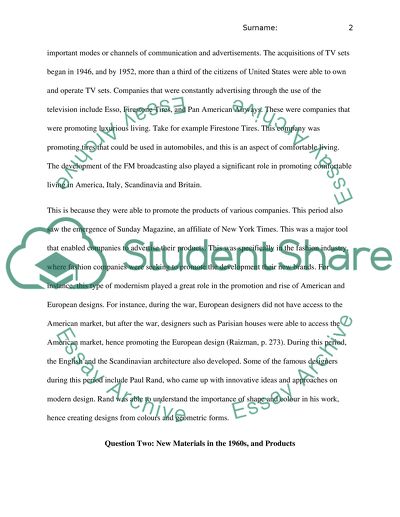Cite this document
(The Use of Multiple Colours in the Graphics for Advertisement Assignment Example | Topics and Well Written Essays - 1500 words, n.d.)
The Use of Multiple Colours in the Graphics for Advertisement Assignment Example | Topics and Well Written Essays - 1500 words. https://studentshare.org/visual-arts-film-studies/1692761-the-use-of-multiple-colours-in-the-graphics-for-advertisement
The Use of Multiple Colours in the Graphics for Advertisement Assignment Example | Topics and Well Written Essays - 1500 words. https://studentshare.org/visual-arts-film-studies/1692761-the-use-of-multiple-colours-in-the-graphics-for-advertisement
(The Use of Multiple Colours in the Graphics for Advertisement Assignment Example | Topics and Well Written Essays - 1500 Words)
The Use of Multiple Colours in the Graphics for Advertisement Assignment Example | Topics and Well Written Essays - 1500 Words. https://studentshare.org/visual-arts-film-studies/1692761-the-use-of-multiple-colours-in-the-graphics-for-advertisement.
The Use of Multiple Colours in the Graphics for Advertisement Assignment Example | Topics and Well Written Essays - 1500 Words. https://studentshare.org/visual-arts-film-studies/1692761-the-use-of-multiple-colours-in-the-graphics-for-advertisement.
“The Use of Multiple Colours in the Graphics for Advertisement Assignment Example | Topics and Well Written Essays - 1500 Words”. https://studentshare.org/visual-arts-film-studies/1692761-the-use-of-multiple-colours-in-the-graphics-for-advertisement.


